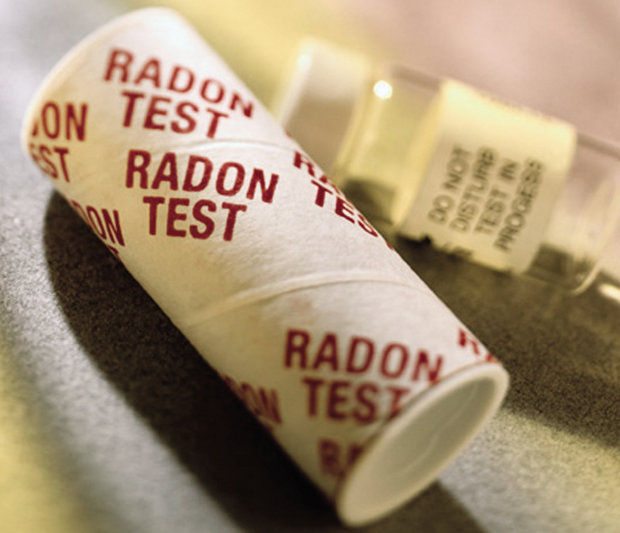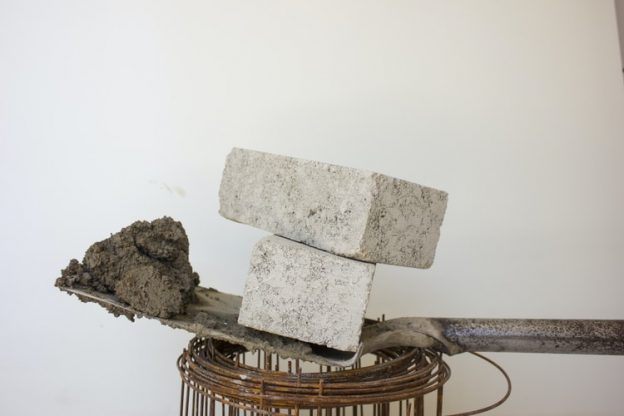Radon gas detectors might all appear to be the same. After all, they all have the same function: to warn you of the presence of radon. However, there is a little more to them than that. Some radon detectors, for example, can only be used once. Other radon detectors must be calibrated on an annual basis, which can be costly. Some radon gas detectors are more accurate than others. Considering all of these variables, a lot goes into making a radon detector effective, and even more, goes into making one outstanding.
Two Types of Radon Tests
Many of you may be confused as to what should be applied in radon gas testing. There is a reason why the terms “test kit” and “detector” differ. So what is their difference?
A radon test kit is a one-time use instrument that works similarly to old-school film in that exposure to light causes a picture to appear on the film. In the case of the test kit, radiation exposure induces a chemical change in the test kit, resulting in a “radon image” that can then be examined. In short, this kit is analog, which means it lacks a clear readout or display, so you won’t know your radon levels until the test is finished and assessed.
On the other hand, radon detectors detect and show the amount of radon present in a given space. They monitor radon levels, which means they keep you informed about how much radon is present in your house. This is helpful because you can use the same equipment to assess the situation, test other rooms, and monitor the impact of any action you take to reduce radon from your house.
Arising Problems Regarding Radon Gas Detectors
When purchasing radon gas detectors, there are numerous aspects to consider to avoid specific problems and keep a clean and healthy home.
Accuracy
One of the essential aspects to consider when purchasing a radon detector is accuracy. First and foremost, the finest radon gas detectors must be accurate. If the sensor does not produce reliable findings, you will face serious health problems. Of course, detectors can be wrong by a few percentage points, but be sure the sensor you choose allows for an error of no more than 10%.
Mobility
One disadvantage of all radon detectors is that they can only monitor radon gas in a single room. You must move the sensor to measure the gas in the other rooms. However, the simple alternative of relocating is the Airthings Wave Smart Radon Detector, which requires only one screw to be attached to a wall. As a result, it is easy to remove.
Ease of Use
It is the most crucial factor for every gadget. It is pointless to get such a device if you do not understand how to utilize it or its figures. A radon detector has to display the radon gas level and notify if it exceeds the critical limit.
Why Radon Gas Detectors Are Important
Radon detection is critical for protecting your lung tissue from alpha particles in the short term and radioactive materials in the long run. Both of these may cause cancer, and because radon gas levels fluctuate over a year, it’s a good idea to invest in a radon detector to ensure that the air you’re breathing is safe. Radon gas is dangerous that’s why it must be taken seriously.
Radon detectors have several advantages over the less expensive but single-use test kit alternatives. Suppose you want to do numerous radon tests or monitor radon levels in your home, a radon gas detector is the most cost-effective solution.











